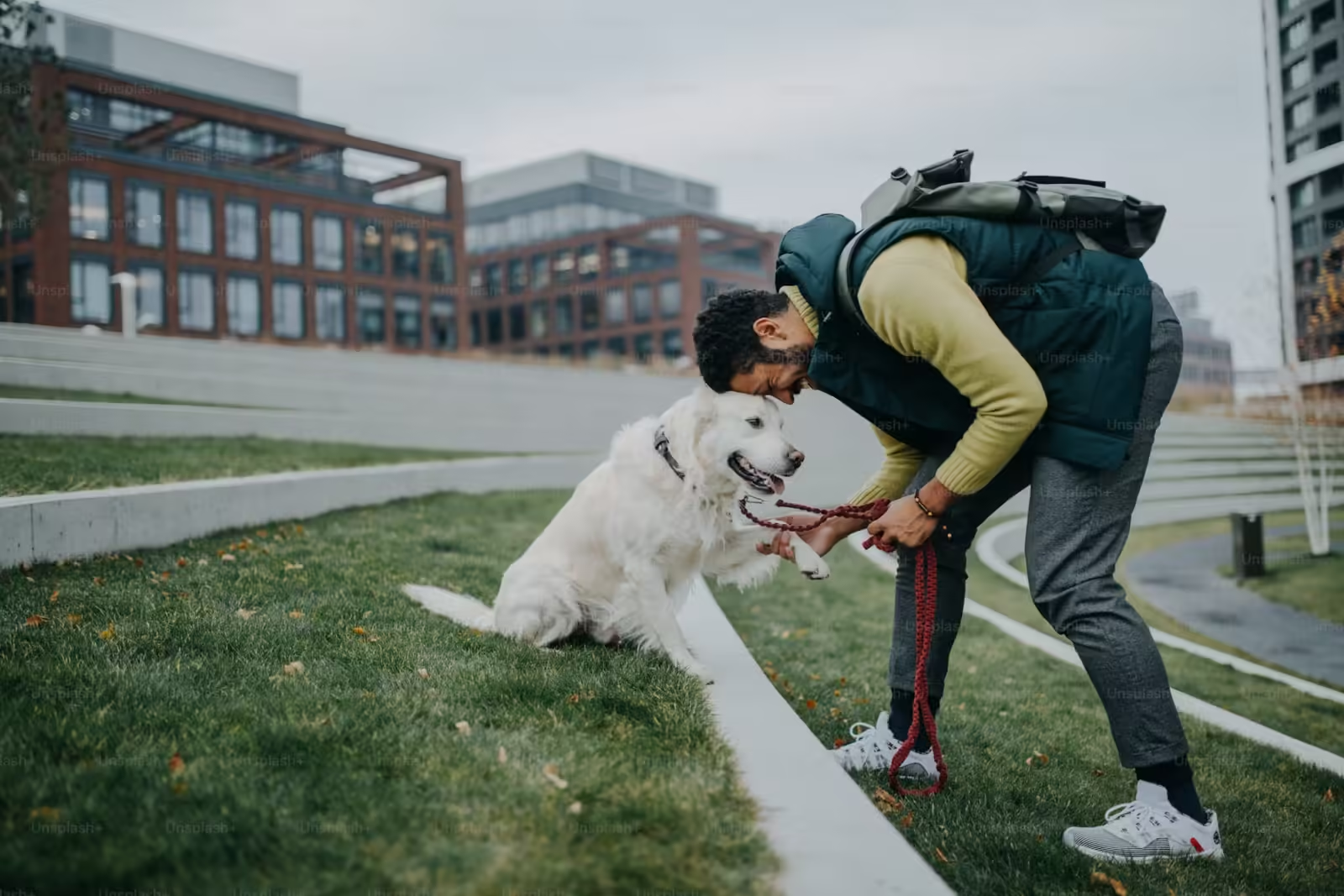Teaching your dog the “stay” command is a fundamental aspect of training that can enhance your dog’s behavior and ensure their safety. Using positive reinforcement is one of the most effective methods to teach this command, creating a learning environment that encourages your dog to succeed. This comprehensive guide will walk you through the process of teaching your dog to stay using positive reinforcement, including step-by-step instructions, tips, and common pitfalls to avoid.
1. Understanding Positive Reinforcement
Before diving into the training process, it’s important to understand what positive reinforcement entails.
1.1 Definition and Principles
- Positive Reinforcement: This training technique involves rewarding your dog with something they find desirable immediately after they exhibit the desired behavior. This reward strengthens the connection between the behavior and the positive outcome, increasing the likelihood that the behavior will be repeated.
- Types of Rewards: Rewards can include treats, praise, toys, or playtime. The key is to choose rewards that are meaningful to your dog and motivate them to perform the desired behavior.
1.2 Benefits of Positive Reinforcement
- Encourages Learning: Positive reinforcement helps your dog learn quickly and effectively because it focuses on rewarding good behavior rather than punishing unwanted behavior.
- Builds Trust: This method fosters a positive relationship between you and your dog, as they learn to associate training sessions with enjoyable experiences.
2. Preparing for Training
Proper preparation sets the stage for successful training. Here’s what you need to do before teaching your dog the “stay” command.
2.1 Choose the Right Environment
- Distraction-Free Zone: Start training in a quiet, familiar environment with minimal distractions. This helps your dog focus on learning the new command.
- Safe Space: Ensure the area is safe for your dog to move around and practice. A comfortable and secure environment makes training more effective.
2.2 Select Appropriate Rewards
- High-Value Treats: Use small, high-value treats that your dog loves. Treats should be easy to handle and quick to consume to maintain focus during training.
- Additional Rewards: Consider incorporating other rewards such as toys or playtime, especially if your dog is more motivated by these than by food.
3. Teaching the “Stay” Command
Follow these step-by-step instructions to teach your dog the “stay” command using positive reinforcement.
3.1 Introduce the Command
- Get Your Dog in Position: Start by asking your dog to sit or lie down, as these positions make it easier for them to learn to stay in place.
- Say the Command: Clearly say “stay” in a calm and firm voice. It’s important to use the same word and tone consistently.
- Reward Immediately: As soon as your dog remains in place for a few seconds, immediately reward them with a treat and praise. The reward should come right after the behavior to reinforce the connection.
3.2 Increase Duration and Distance
- Gradual Increase: Once your dog consistently stays for a few seconds, gradually increase the duration. Extend the time before giving the reward, starting with small increments.
- Add Distance: After your dog is comfortable staying for longer periods, start adding distance. Take a few steps back from your dog while they remain in the “stay” position. Gradually increase the distance over time.
- Introduce Distractions: As your dog progresses, introduce mild distractions to challenge them further. This helps them learn to maintain their focus even with external stimuli.
3.3 Reinforce and Generalize
- Practice in Different Locations: To help your dog generalize the “stay” command, practice in various locations and situations. This ensures they can respond to the command regardless of where they are.
- Consistent Reinforcement: Continue to use positive reinforcement consistently during training. Always reward your dog for successfully staying in place, even as they become more proficient.
4. Common Mistakes to Avoid
Avoiding common mistakes will help ensure a smoother training process and more effective results.
4.1 Inconsistent Commands
- Consistency is Key: Always use the same command word and tone of voice to avoid confusing your dog. Inconsistency can hinder their learning and progress.
4.2 Overloading the Dog
- Avoid Overwhelm: Don’t push your dog to stay for too long or with too many distractions too soon. Gradual progression is essential to prevent frustration and ensure successful learning.
4.3 Neglecting the Reward
- Immediate Reinforcement: Ensure that rewards are given immediately after your dog performs the desired behavior. Delayed rewards can weaken the connection between the behavior and the reinforcement.
5. Troubleshooting and Tips
If you encounter challenges during training, consider these tips and troubleshooting strategies.
5.1 Dealing with Short Attention Spans
- Short Sessions: Keep training sessions short and focused to maintain your dog’s attention. Aim for 5-10 minute sessions, especially for puppies or dogs with shorter attention spans.
- Frequent Breaks: Take breaks to prevent your dog from becoming bored or frustrated. Frequent short sessions are more effective than one long session.
5.2 Handling Distractions
- Controlled Environment: Begin training in a distraction-free environment and gradually introduce distractions as your dog becomes more proficient.
- Reward Focus: Use high-value rewards to help your dog stay focused and motivated despite distractions.
5.3 Maintaining Patience
- Stay Patient: Training takes time and patience. Celebrate small successes and progress, and avoid becoming frustrated if your dog takes longer to learn the command.
- Positive Attitude: Keep a positive attitude and make training enjoyable for both you and your dog. Your enthusiasm and encouragement will help motivate your dog to succeed.
6. Additional Training Tips
Incorporate these additional tips to enhance the effectiveness of your training.
6.1 Use Hand Signals
- Visual Cues: Pair the “stay” command with a hand signal to provide a visual cue. This can help reinforce the command and make it easier for your dog to understand.
- Consistency: Use the same hand signal consistently to avoid confusion.
6.2 Incorporate Life Skills
- Real-Life Situations: Practice the “stay” command in real-life situations, such as at the door or during mealtime, to reinforce its practical application.
- Everyday Training: Incorporate training into your daily routine to reinforce the command and make it a natural part of your dog’s behavior.
Conclusion
Teaching your dog the “stay” command using positive reinforcement is an effective and rewarding process that builds a strong foundation for good behavior. By following the steps outlined in this guide, you can help your dog learn to stay in place while creating a positive training experience that fosters trust and cooperation.
Remember to maintain consistency, use high-value rewards, and be patient throughout the training process. With dedication and practice, your dog will master the “stay” command and be well on their way to becoming a well-behaved and responsive companion.











Leave a Reply